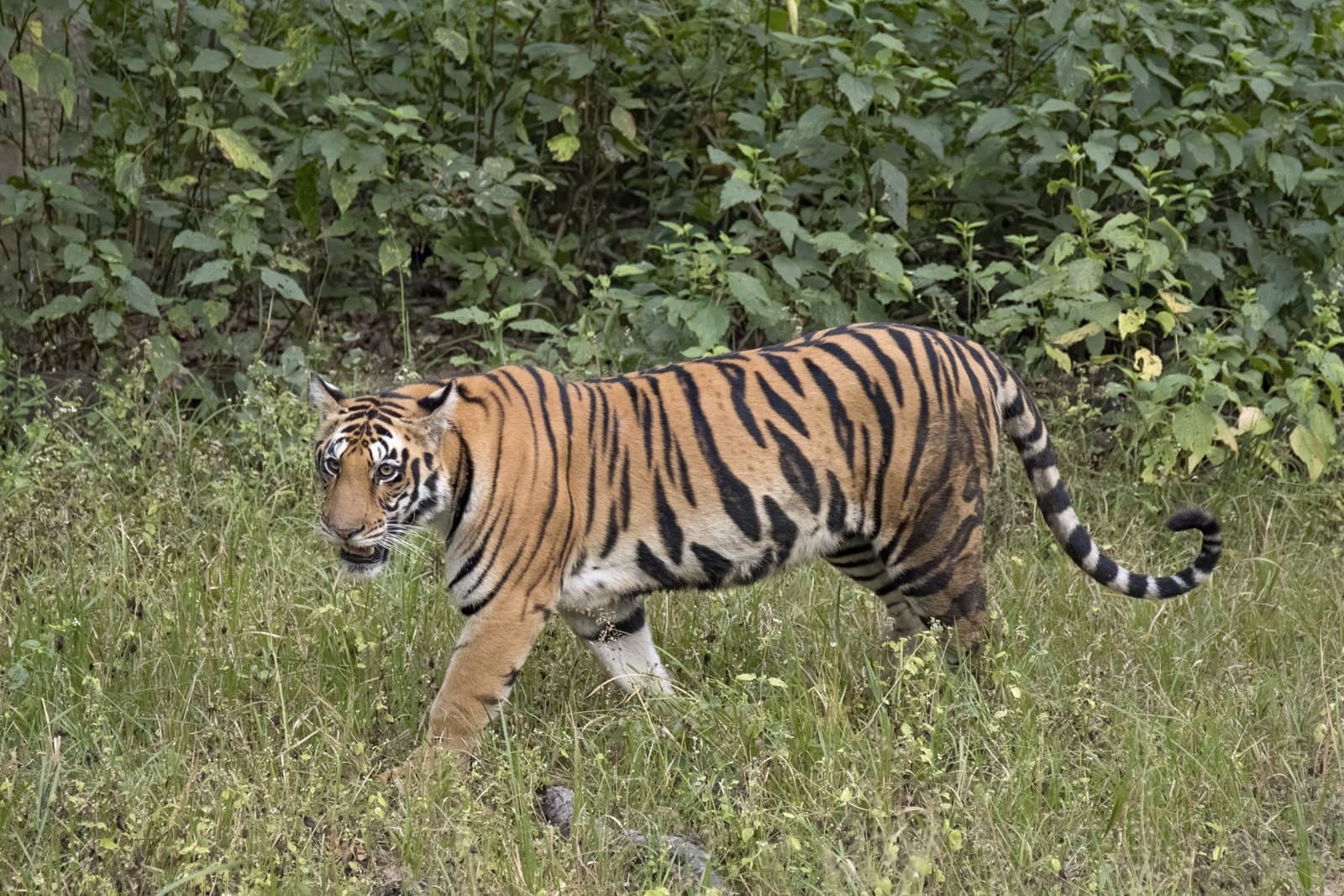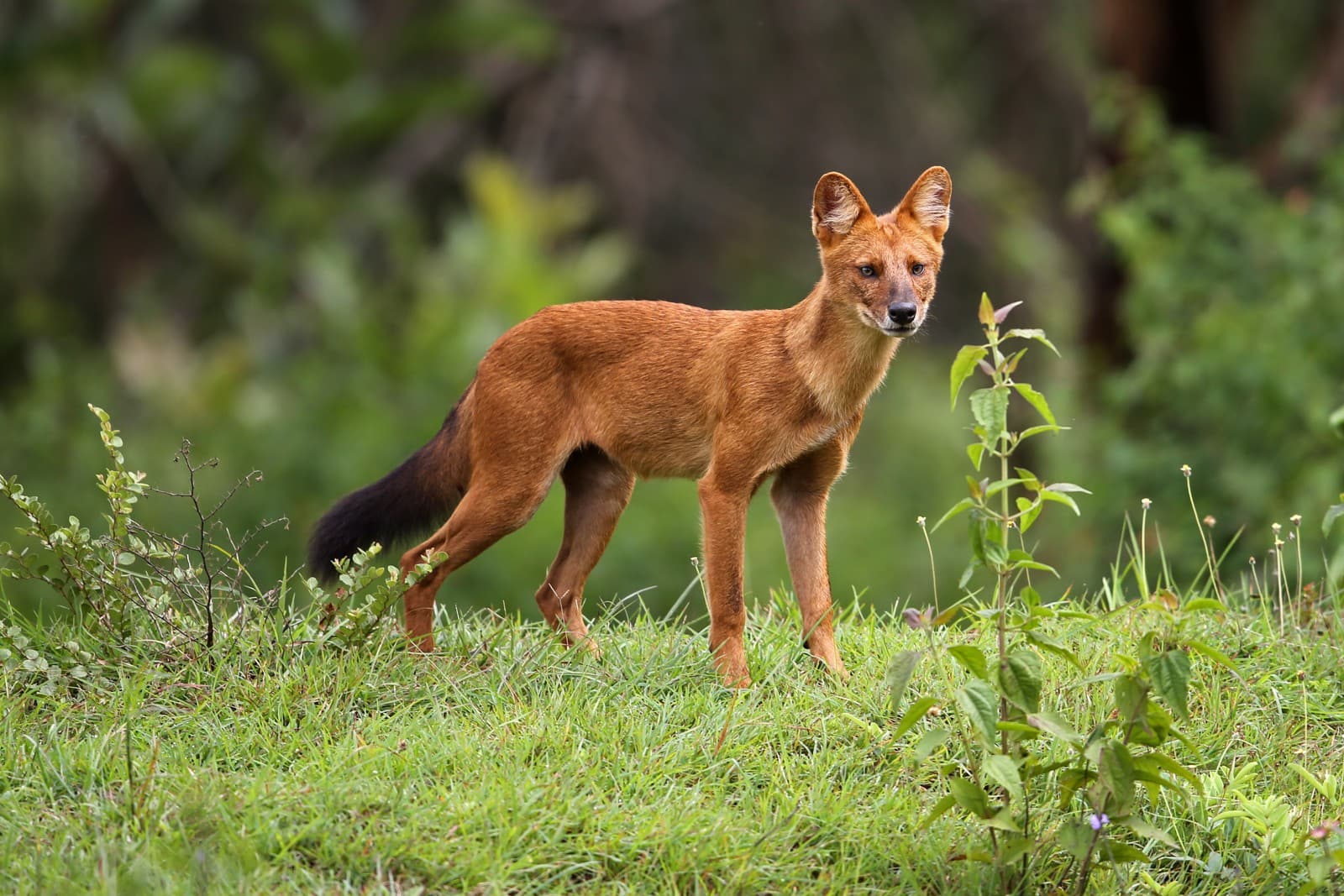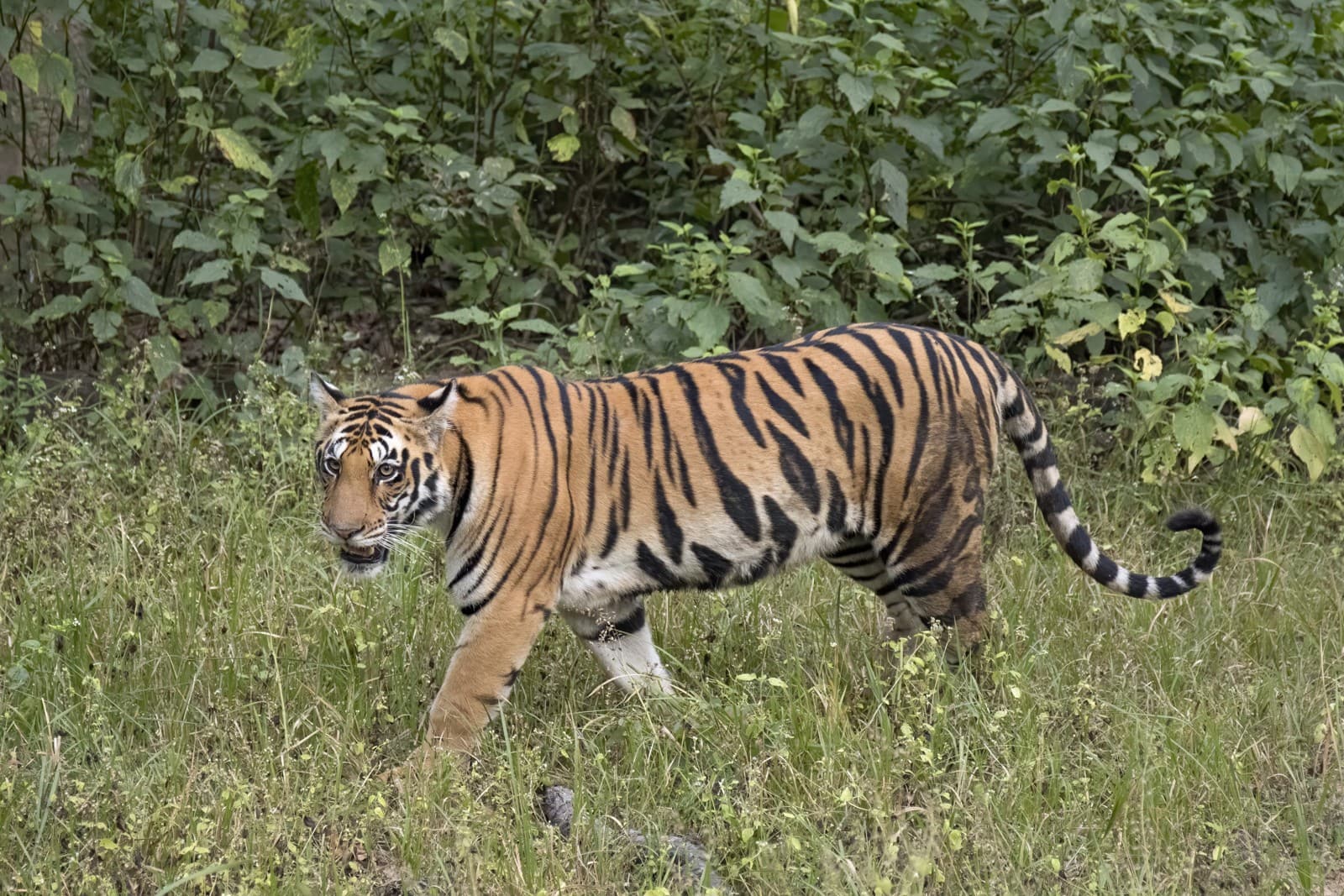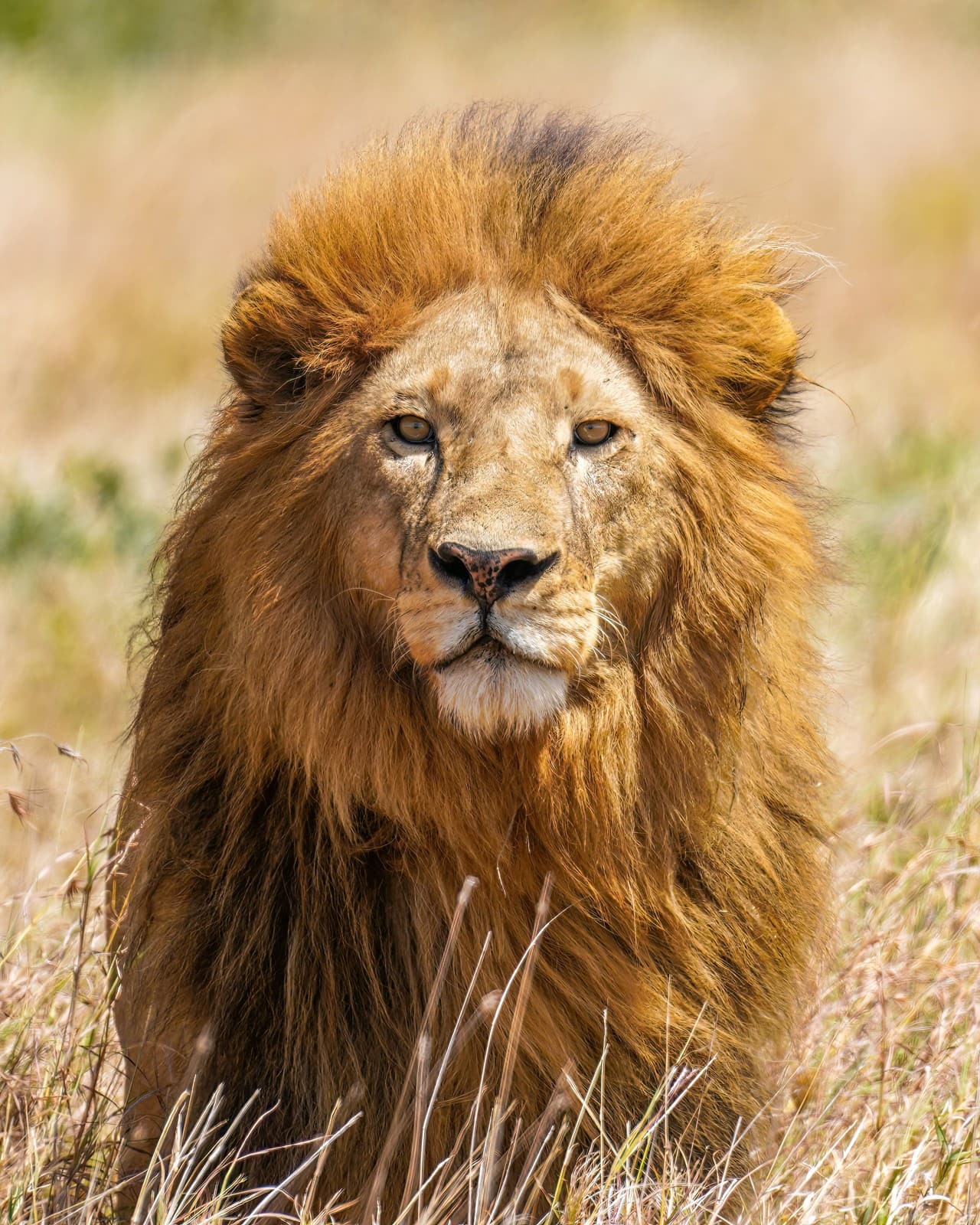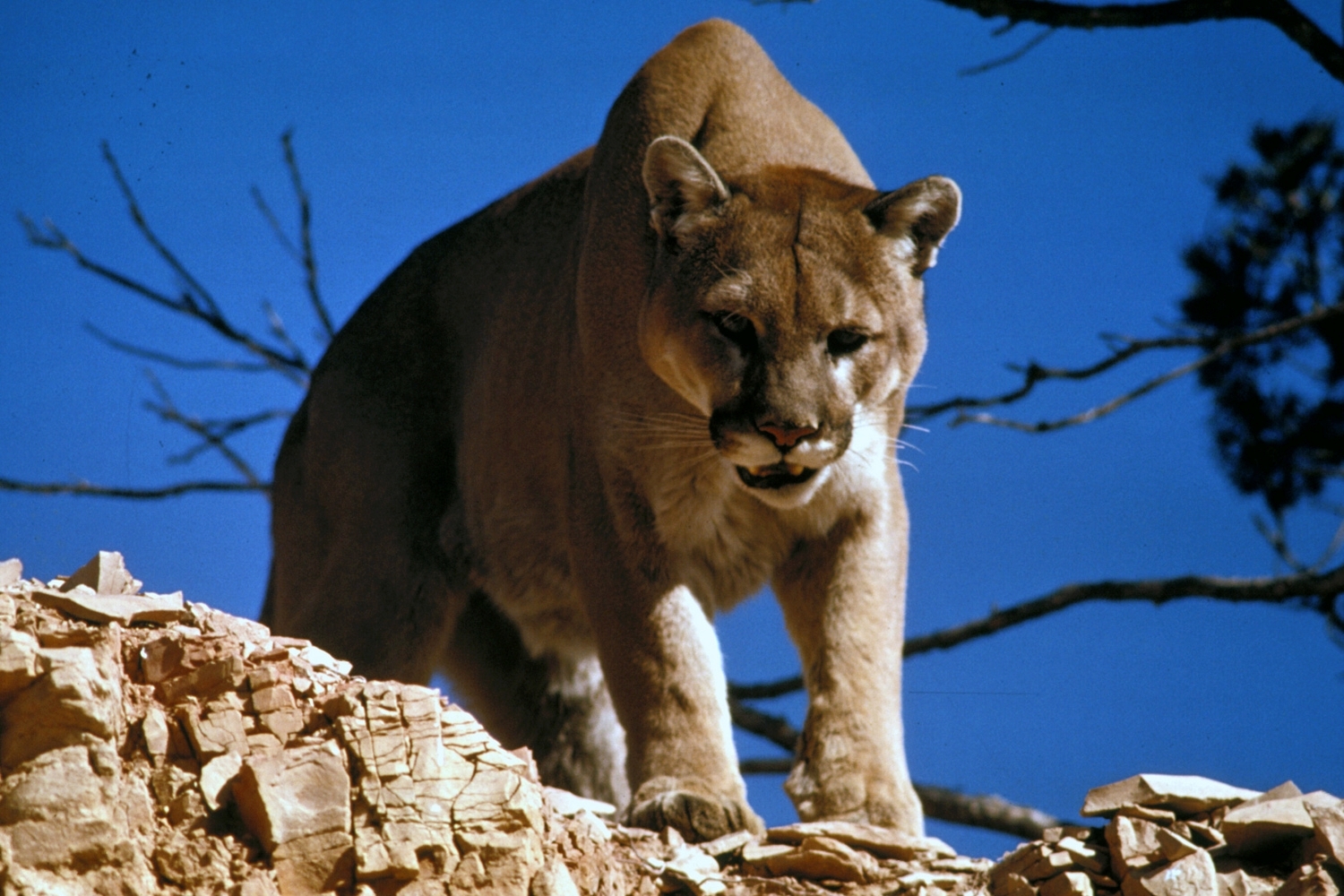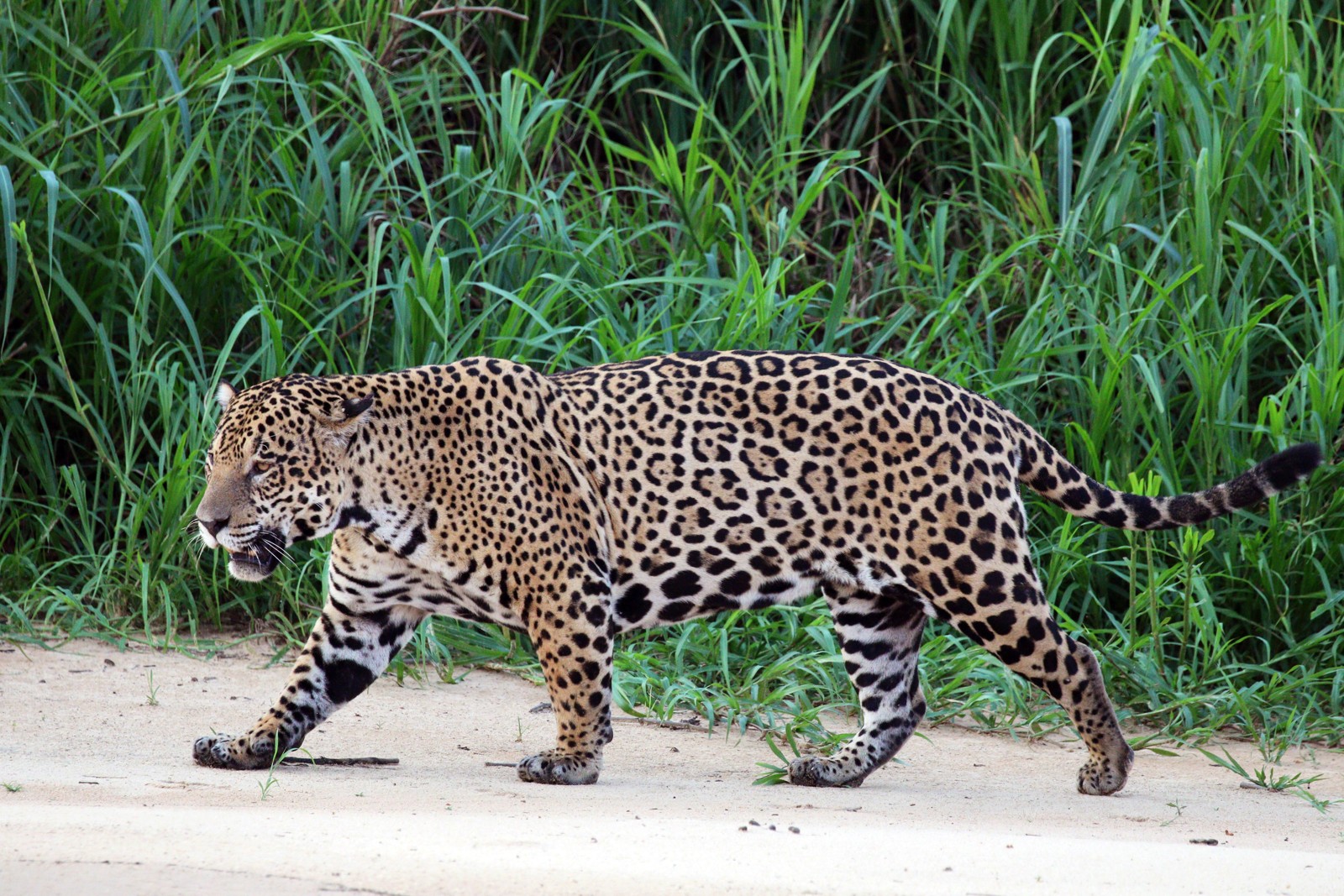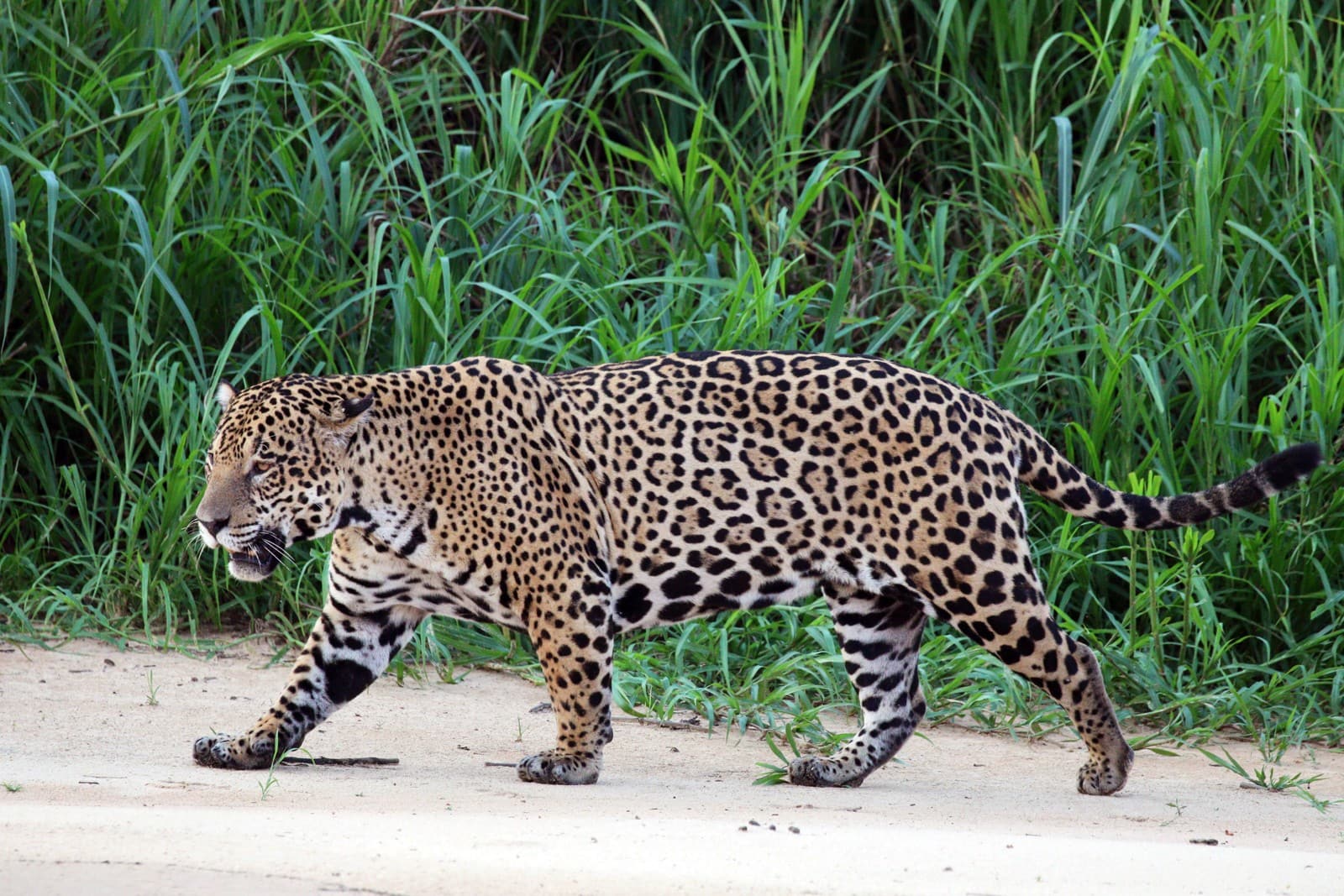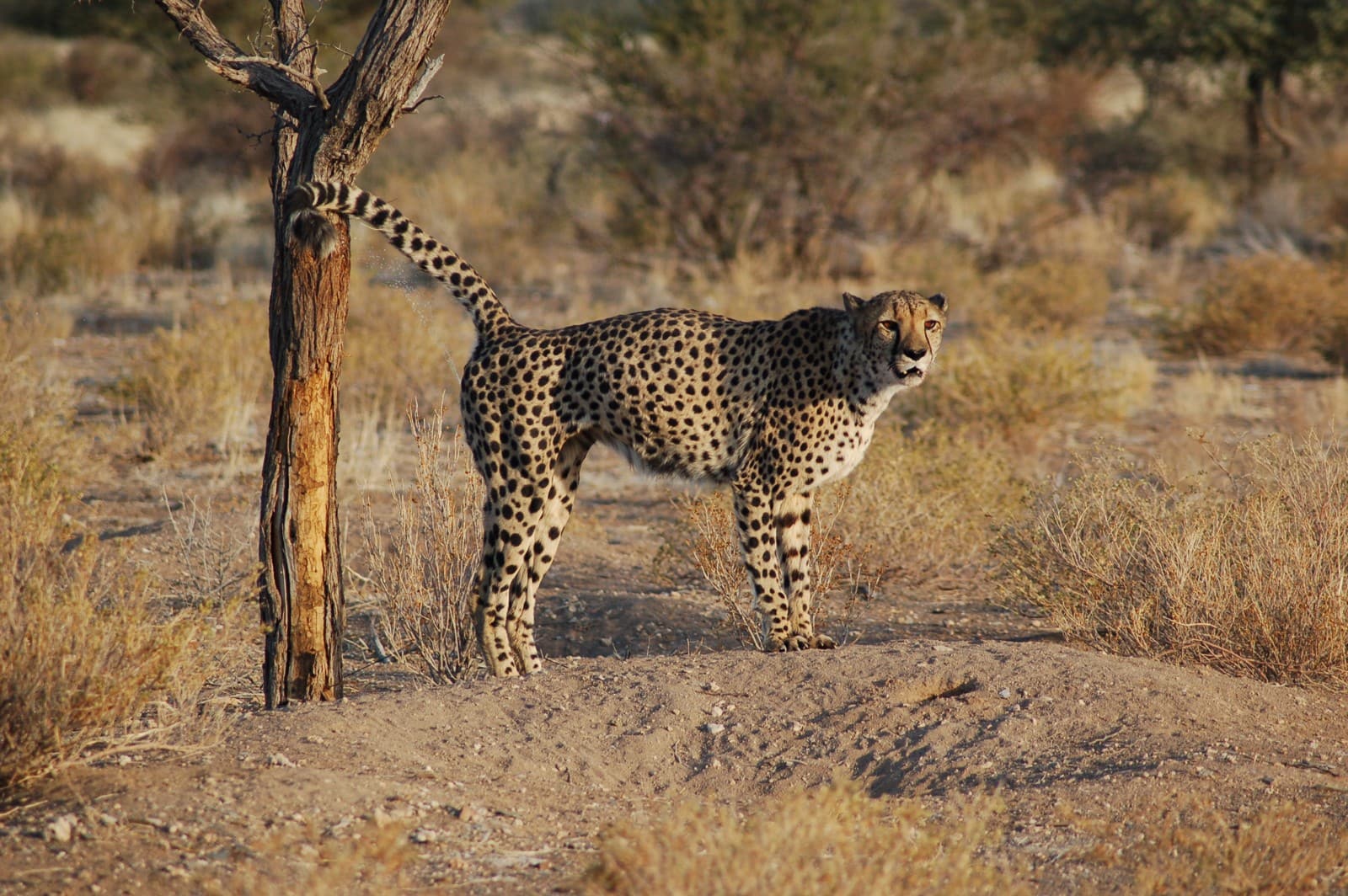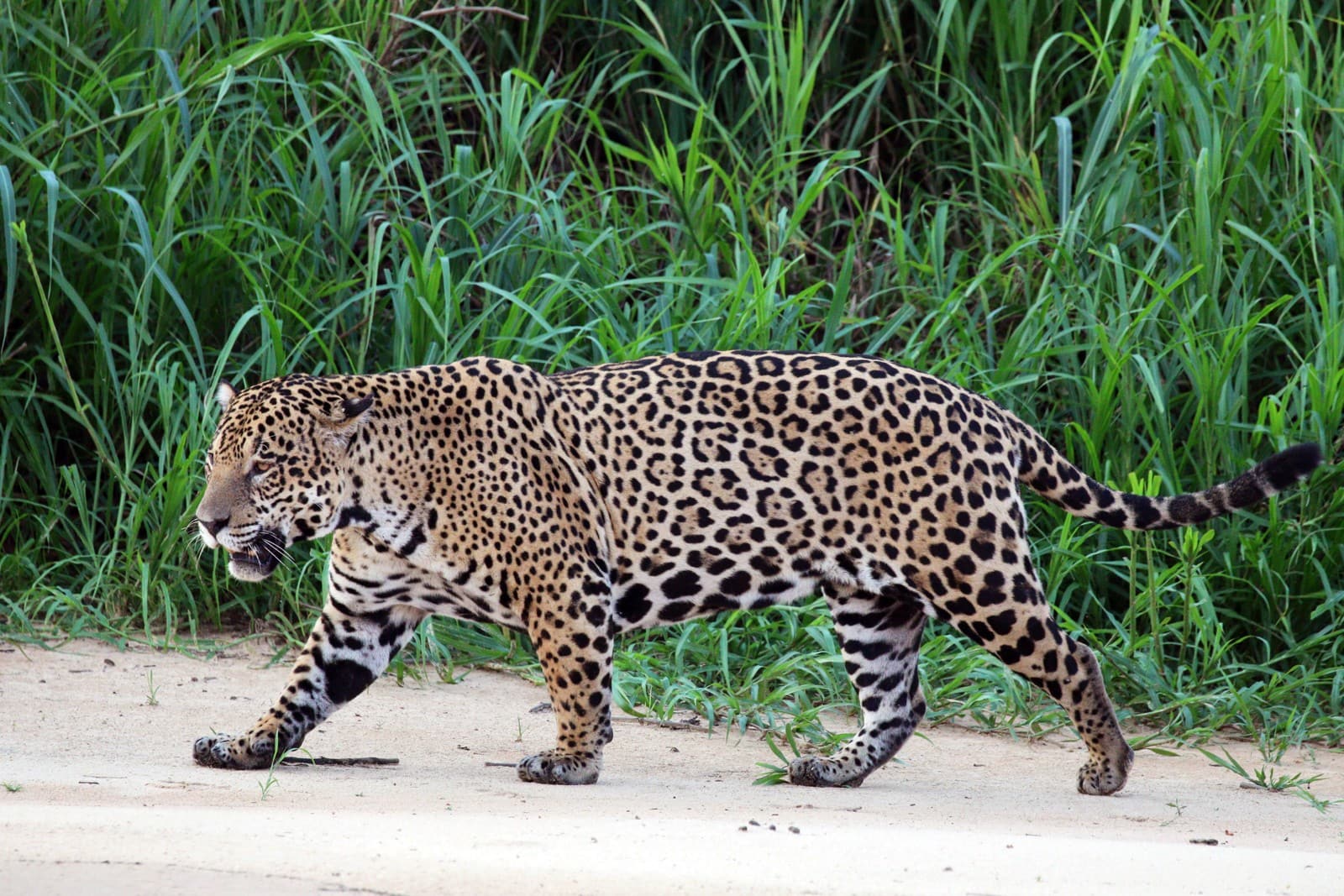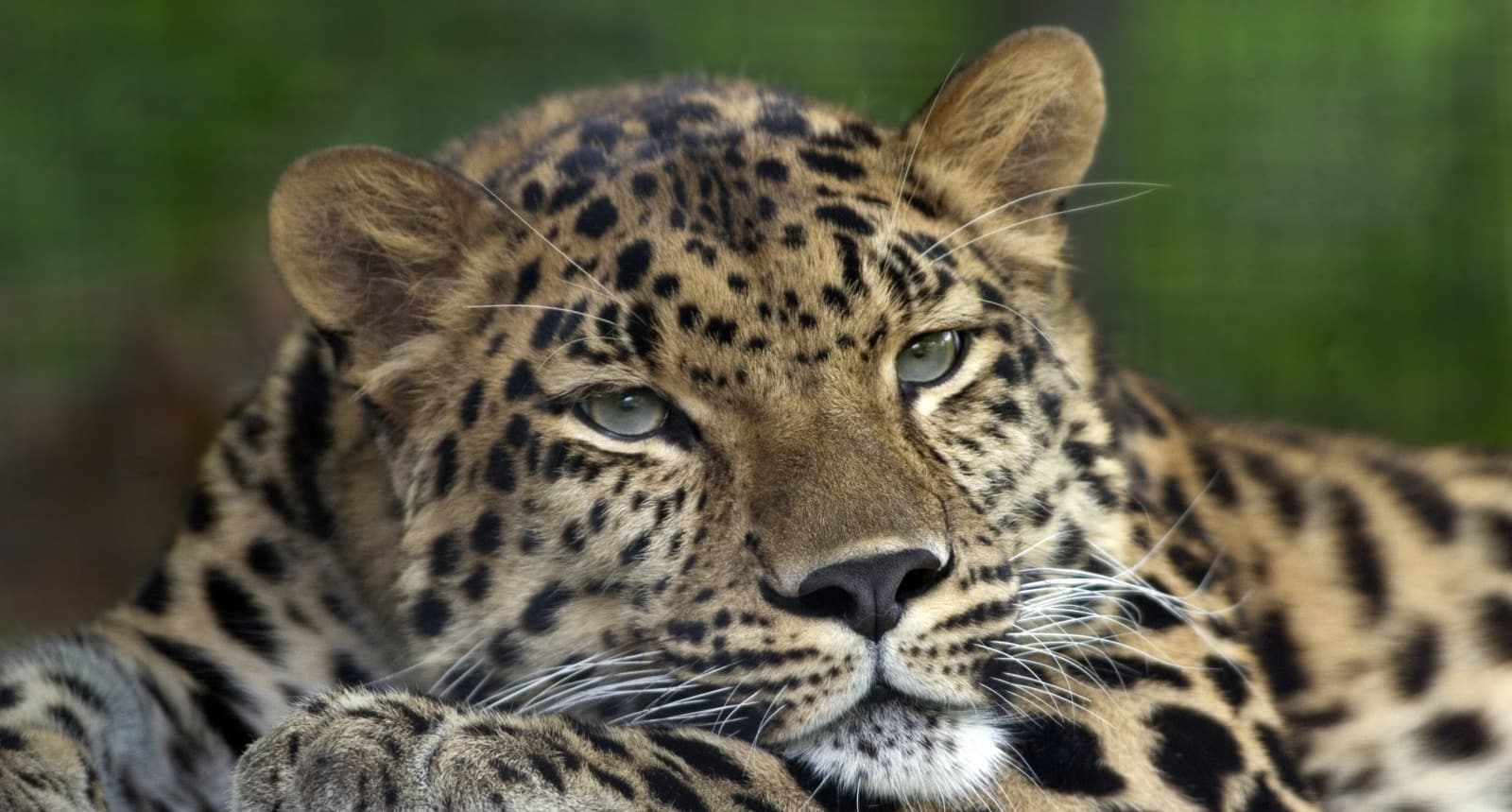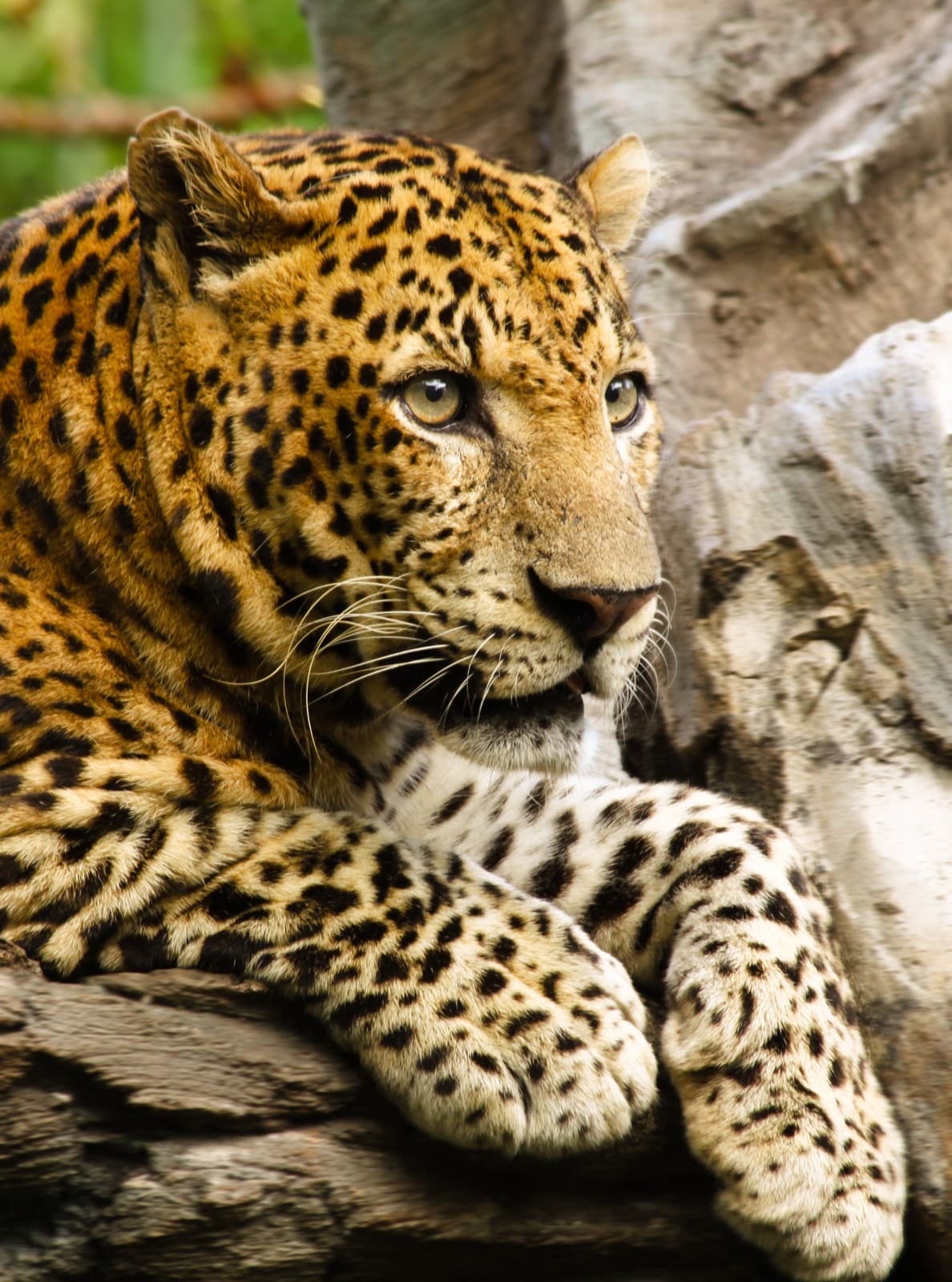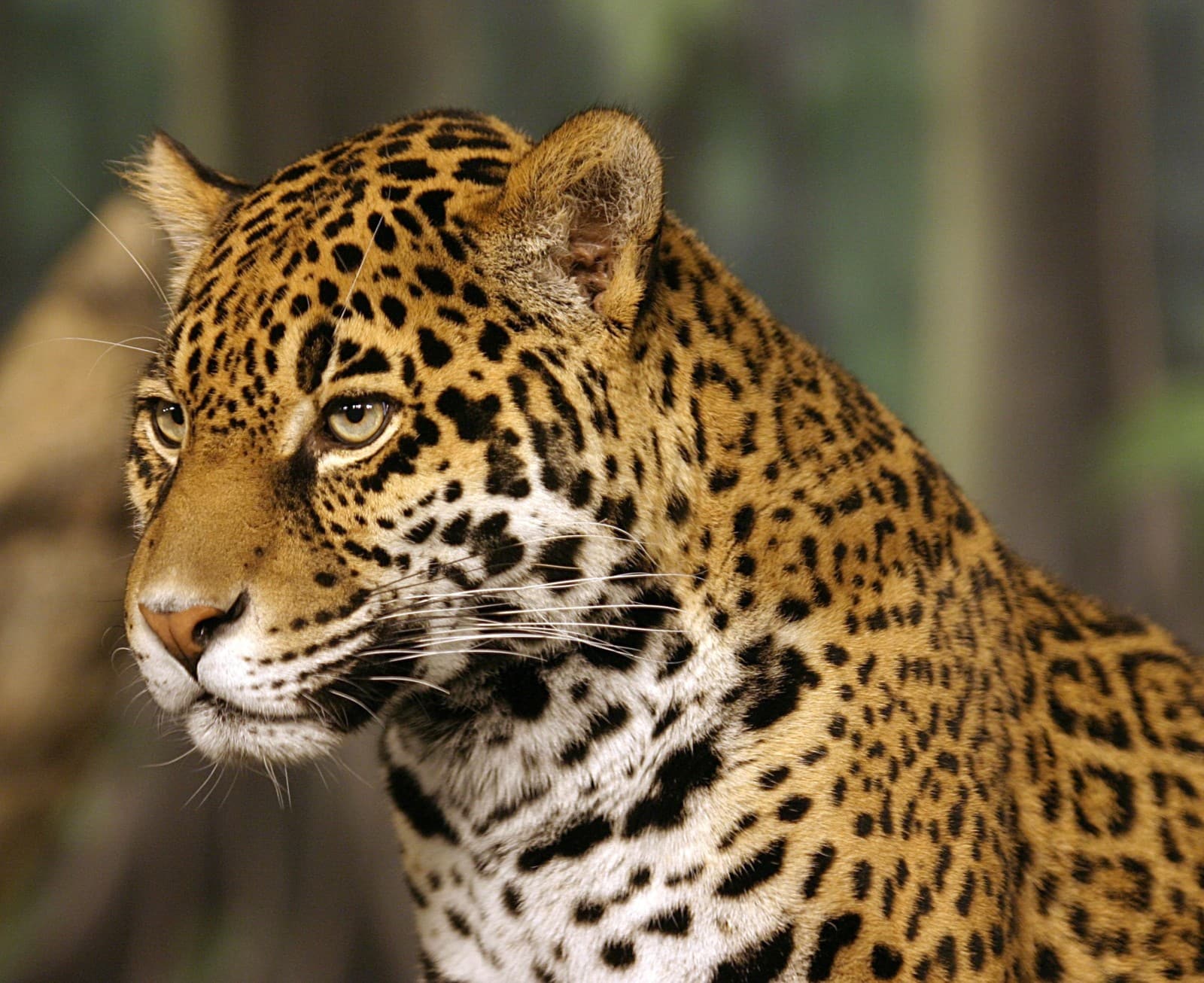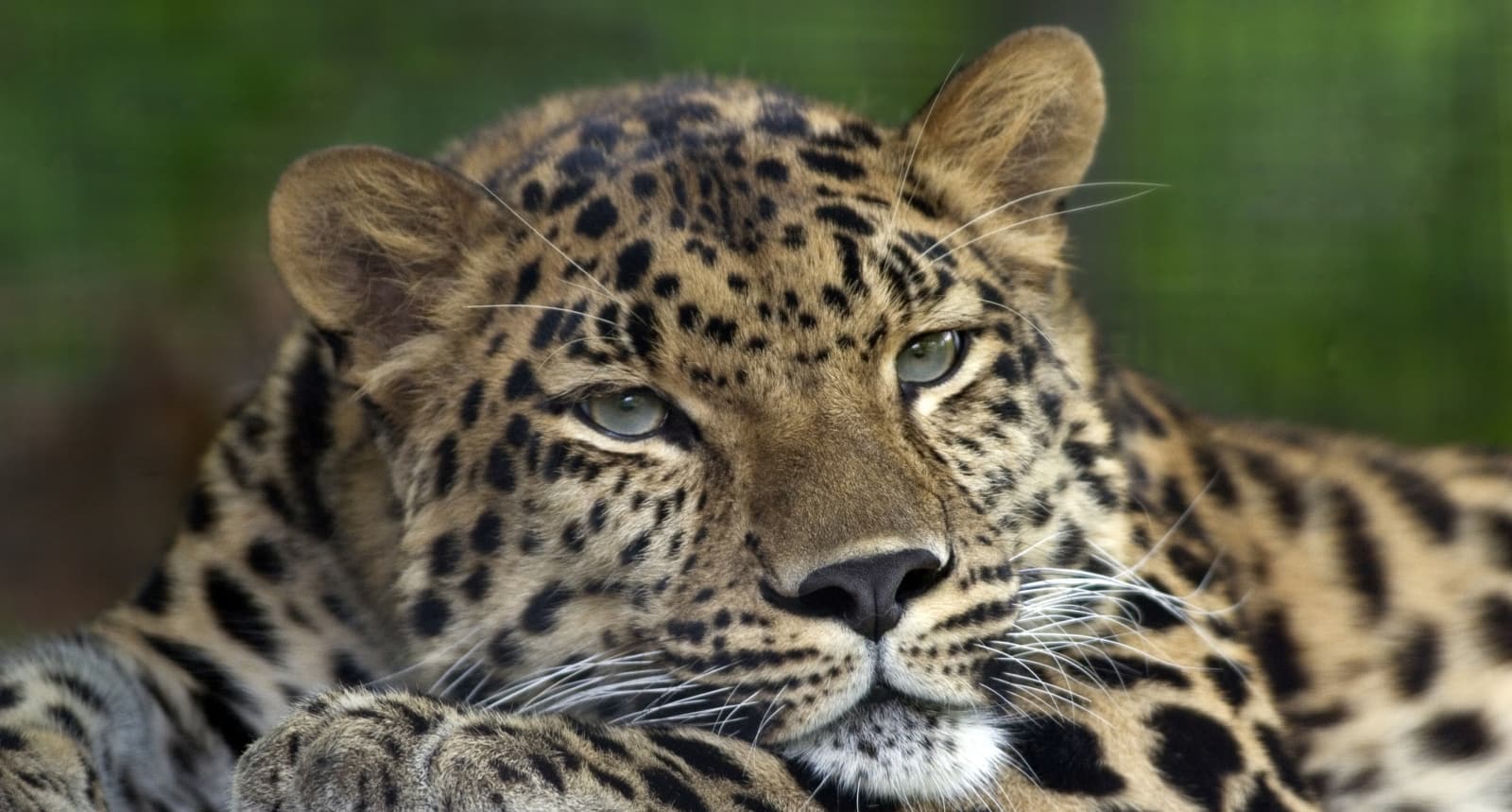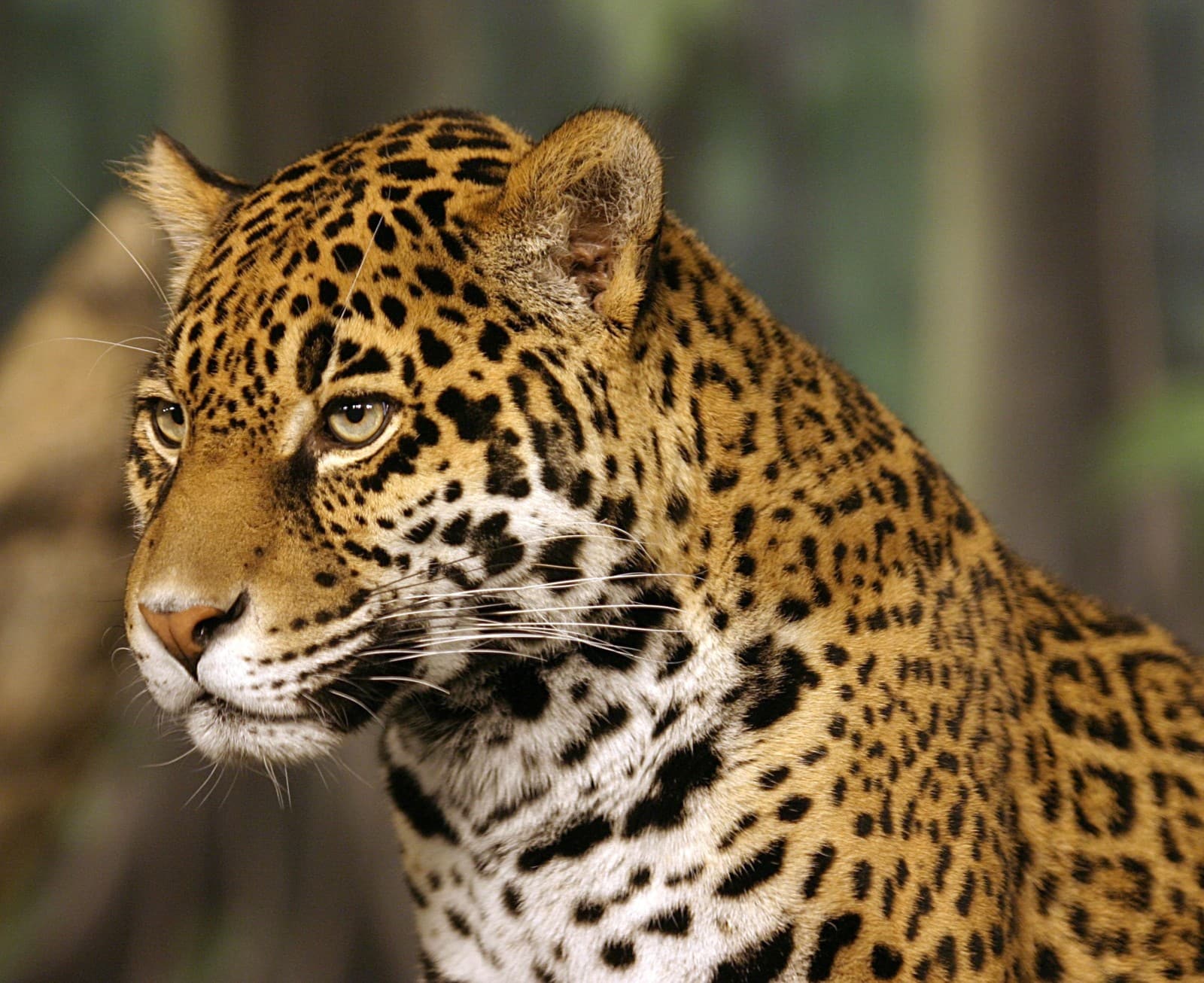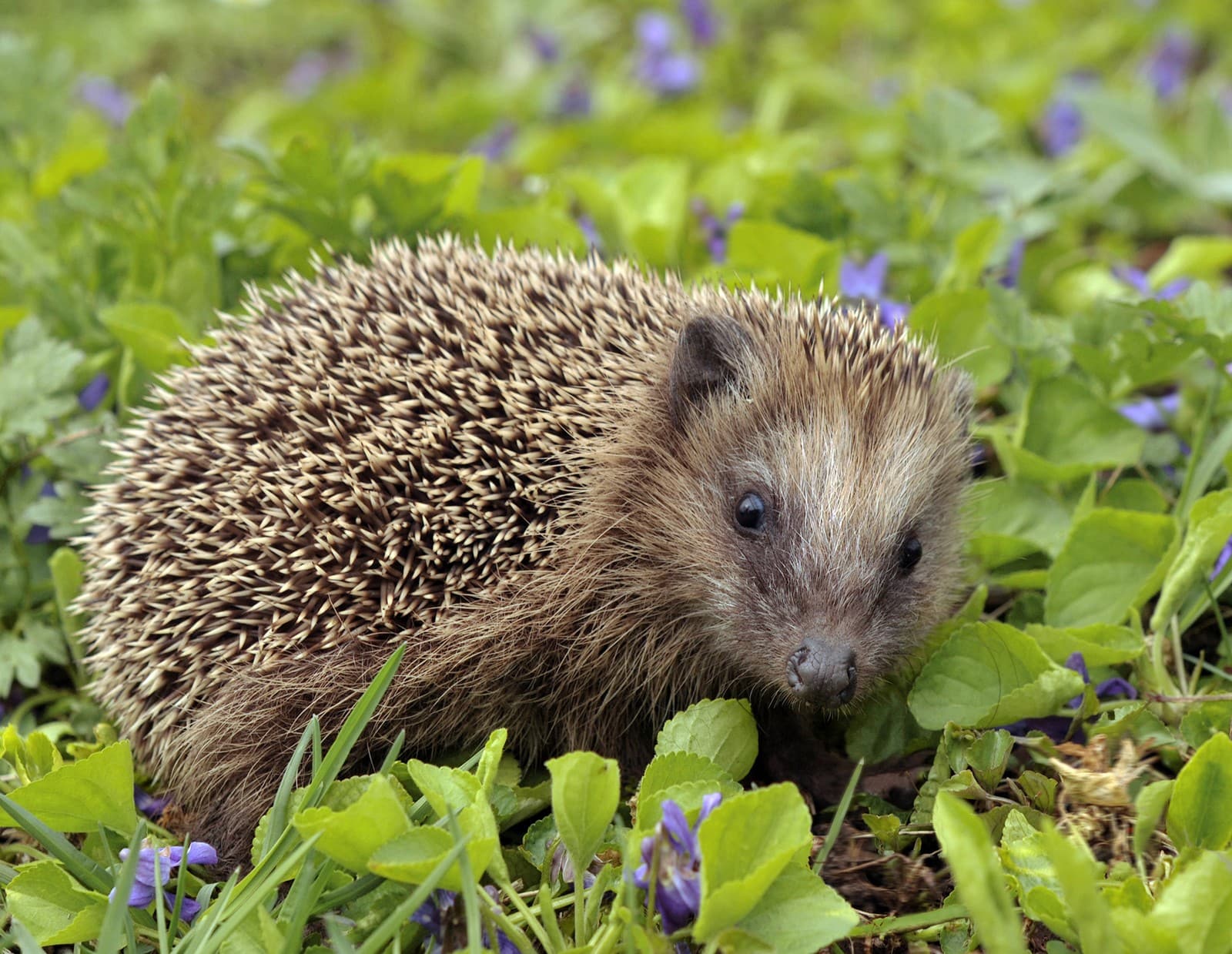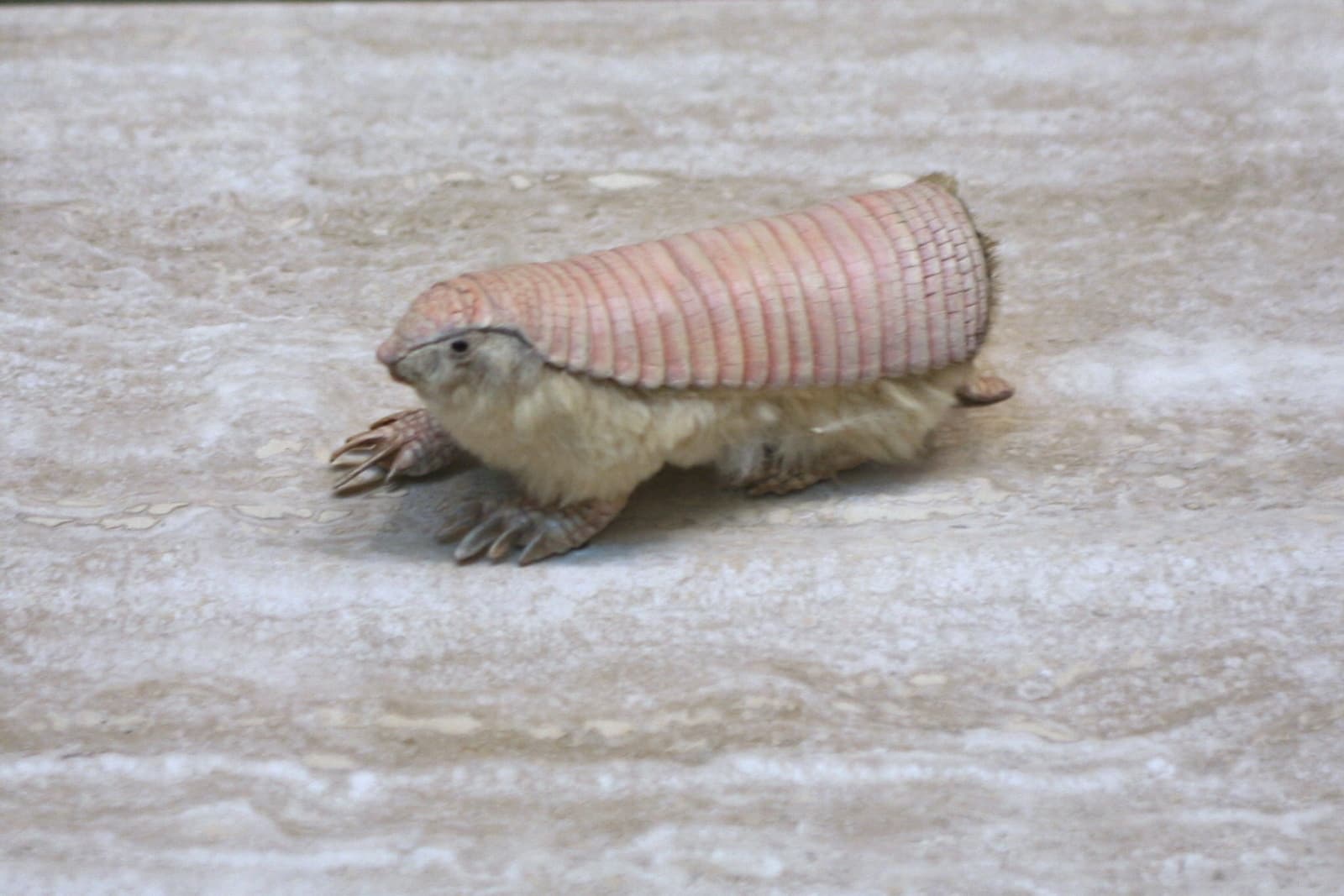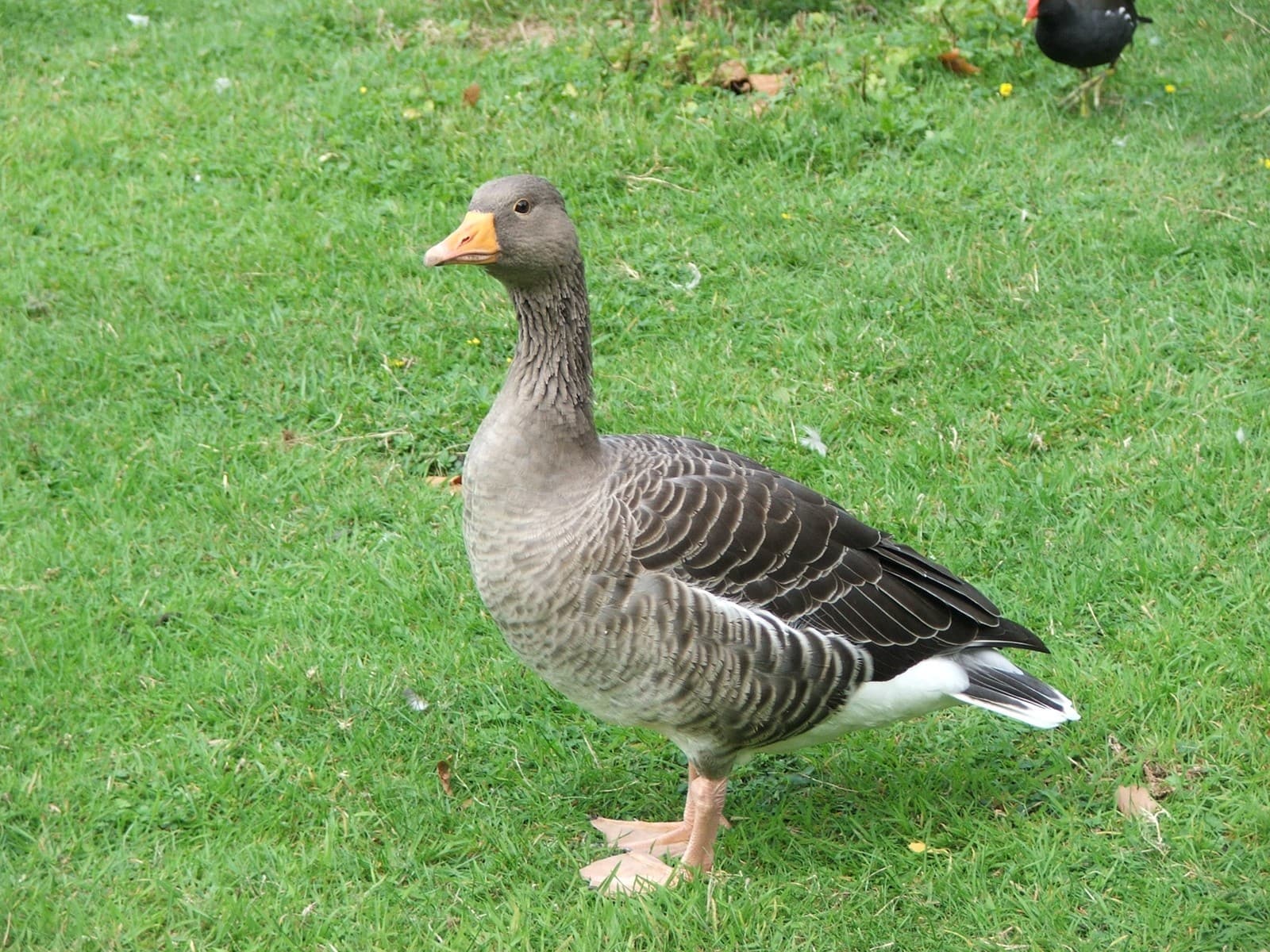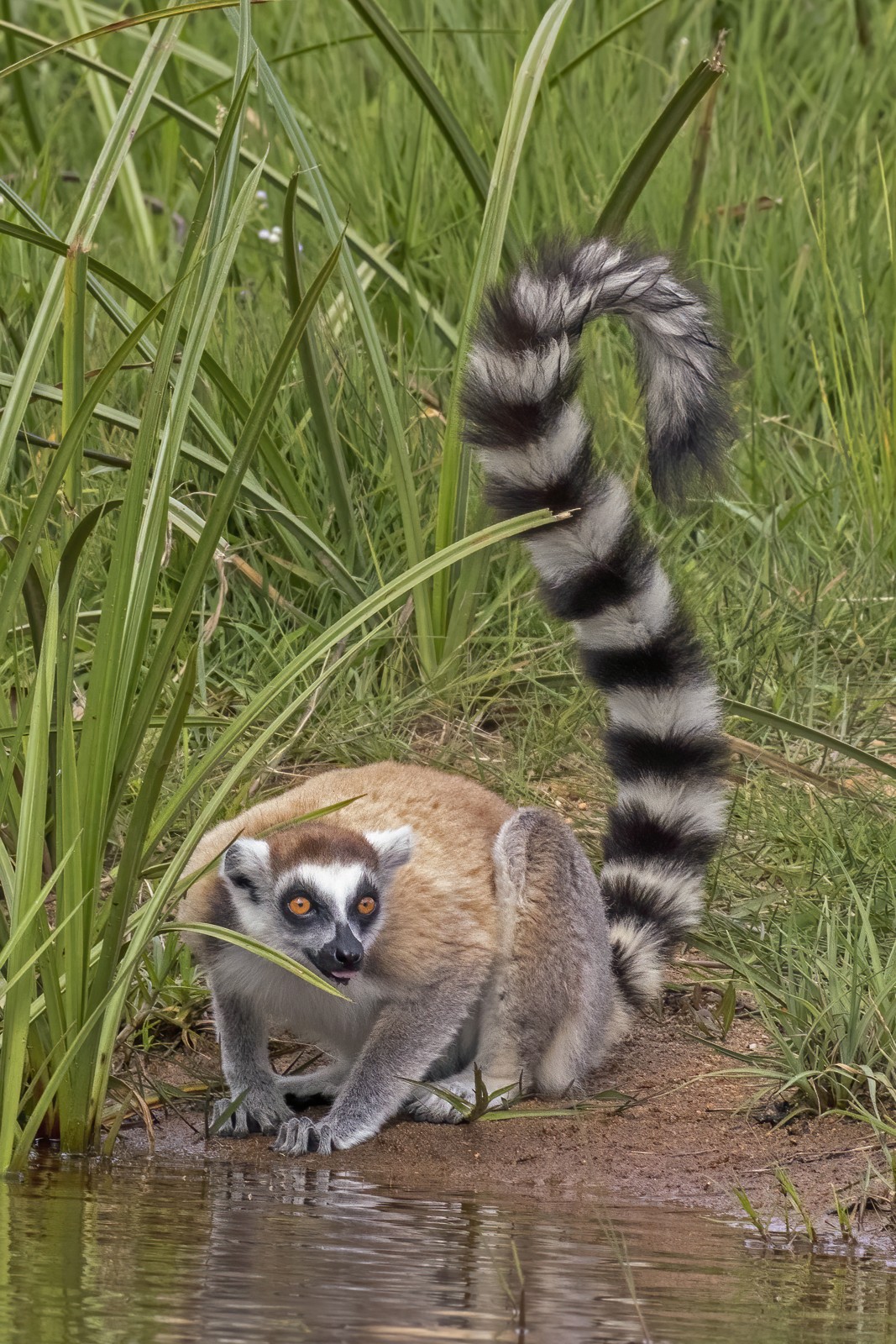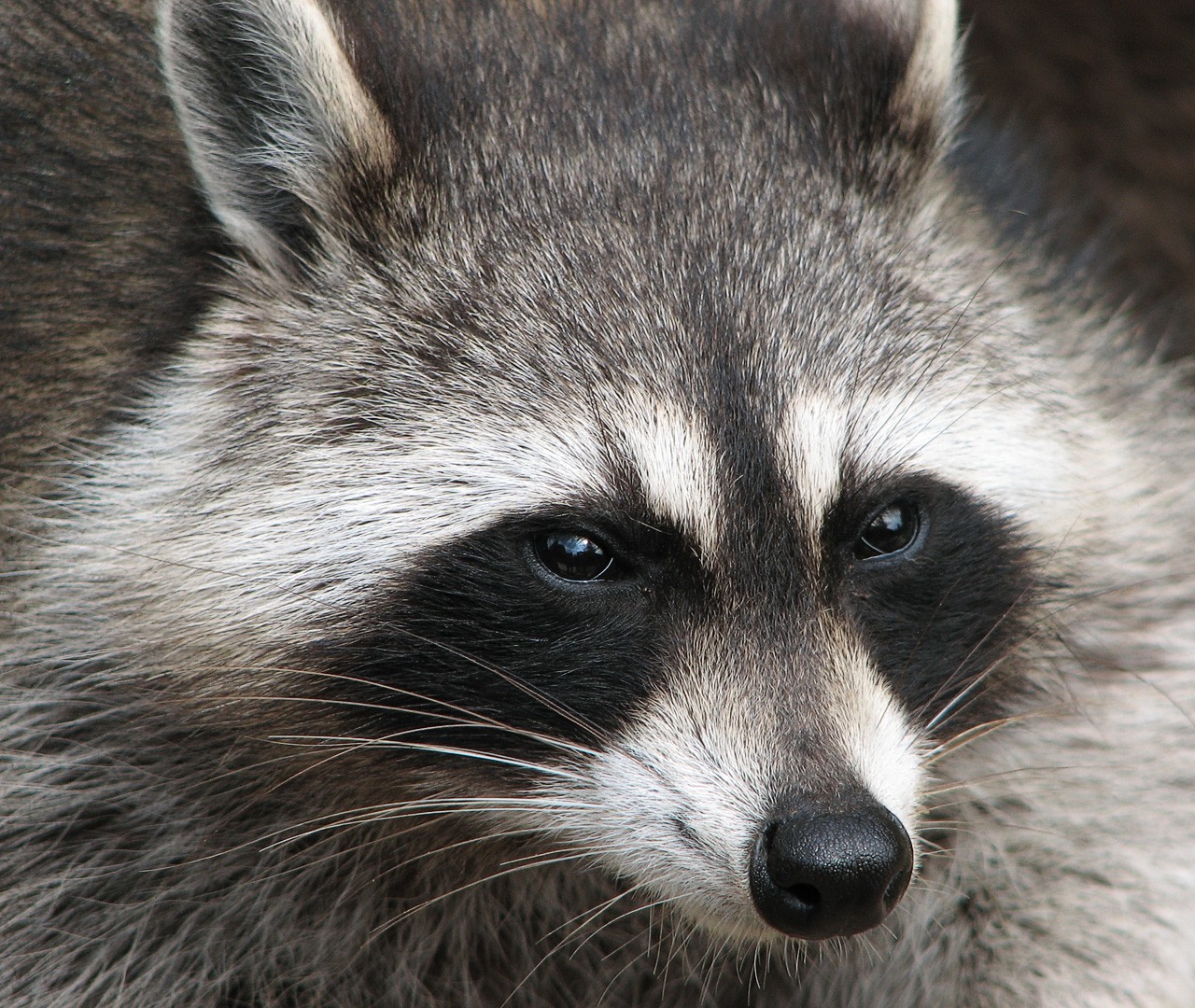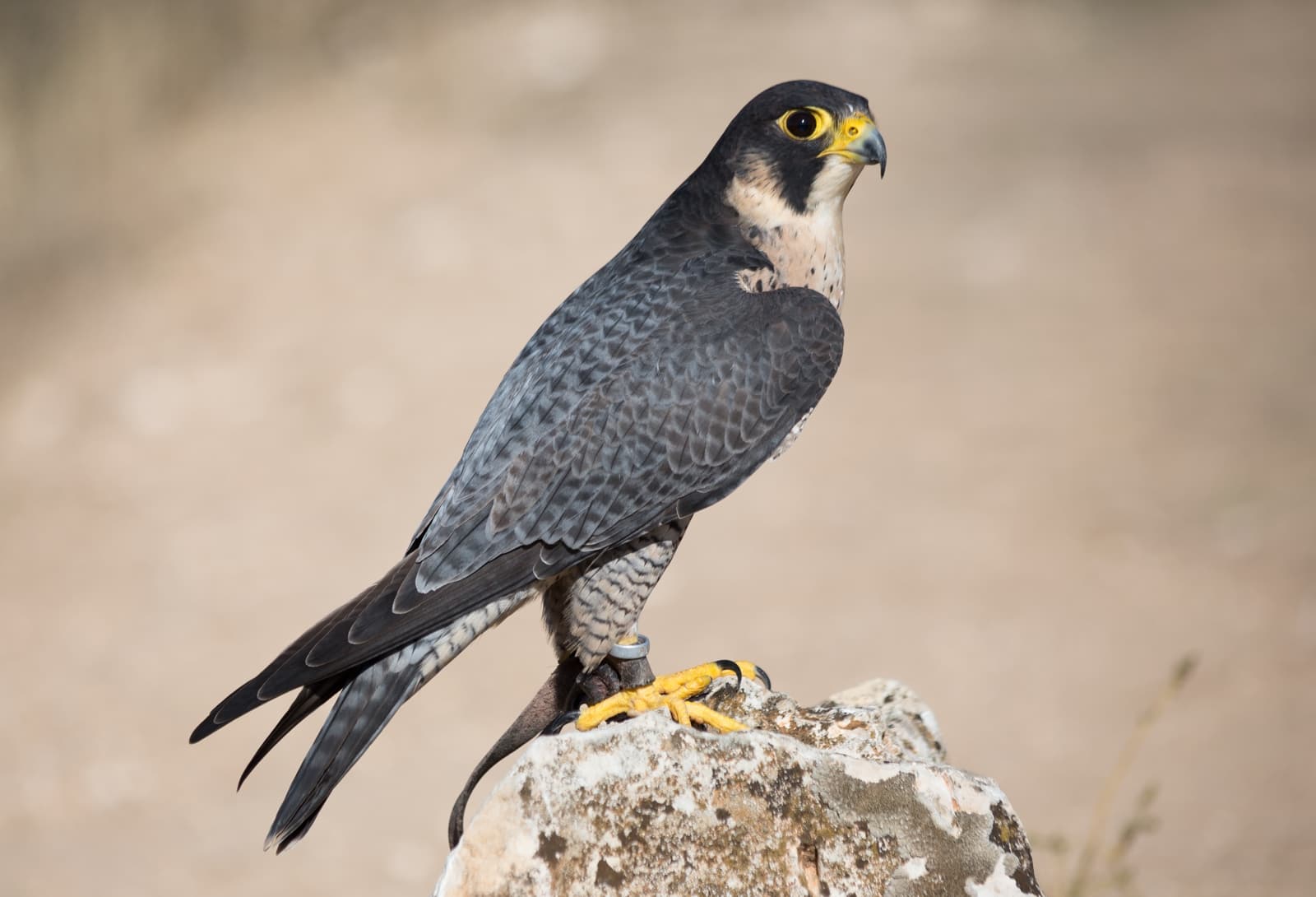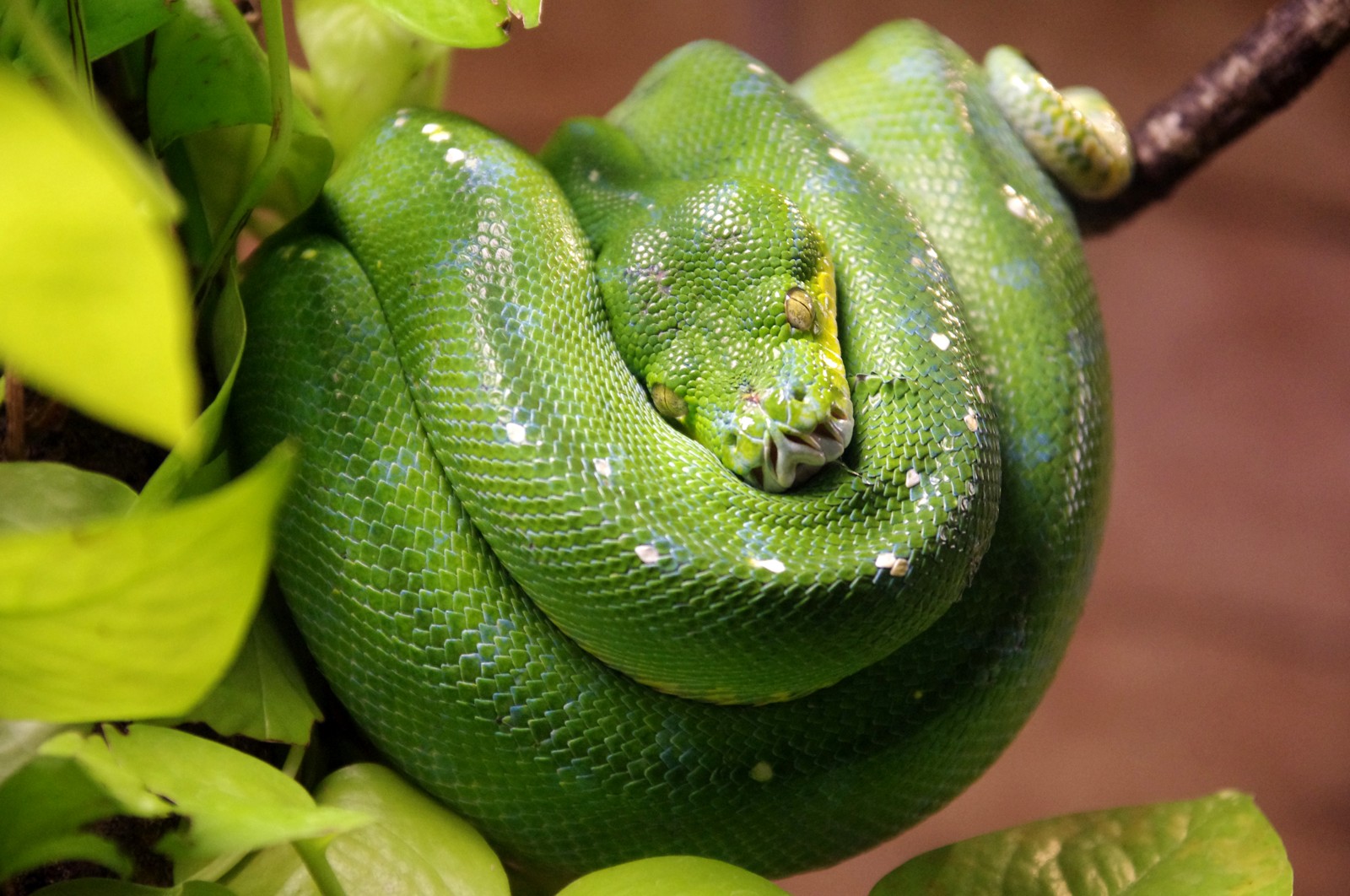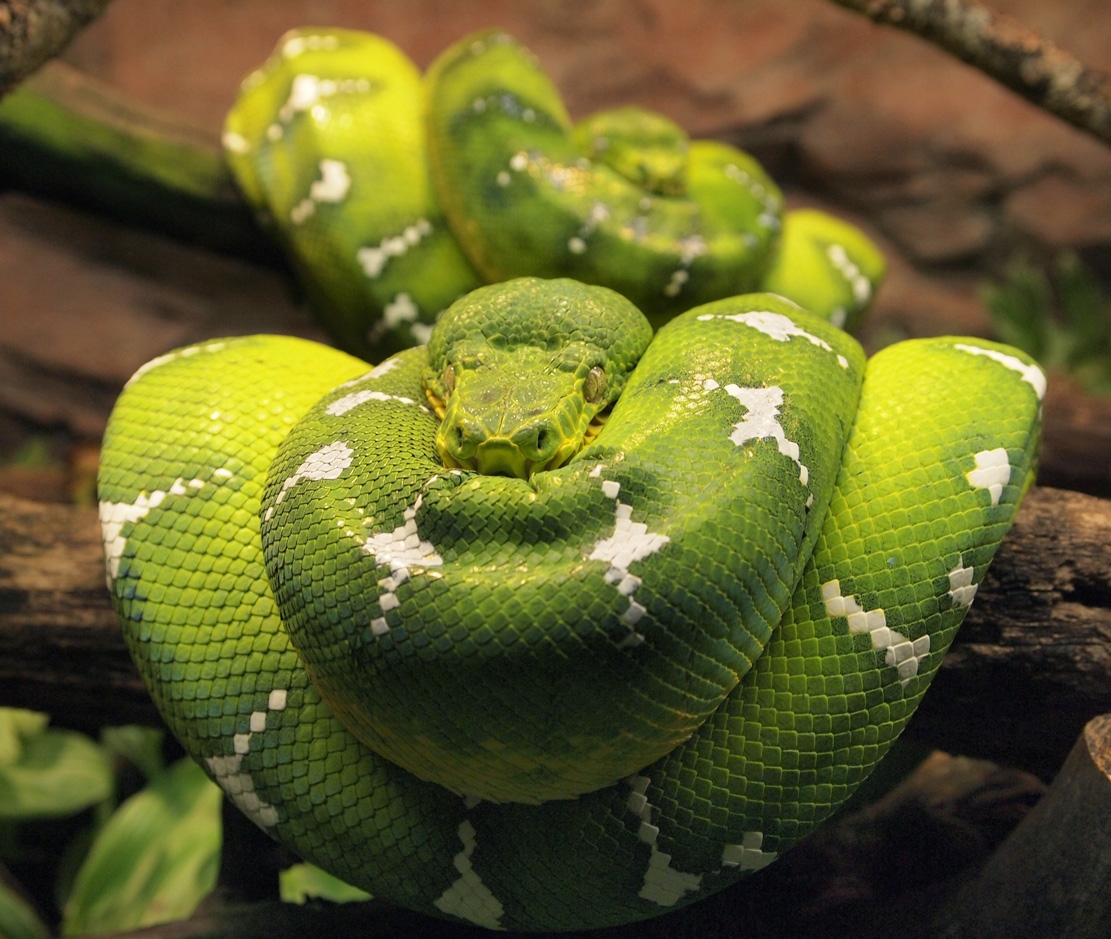Tiger vs Jaguar: A Complete Comparison
When comparing a Tiger vs Jaguar, we’re examining two of nature’s most formidable big cats, each uniquely adapted to rule their respective domains. Tigers, as the largest of all wild cats, can reach weights of up to 670 pounds (304 kg), while Jaguars, though more compact, possess the strongest bite force relative to size of any big cat, capable of generating 2,000 pounds of force per square inch.
Both species represent the apex predators of their ecosystems, but their hunting strategies, physical characteristics, and preferred habitats reveal fascinating evolutionary divergences. Tigers dominate the diverse landscapes of Asia, while Jaguars reign supreme throughout the Americas’ tropical and subtropical regions.
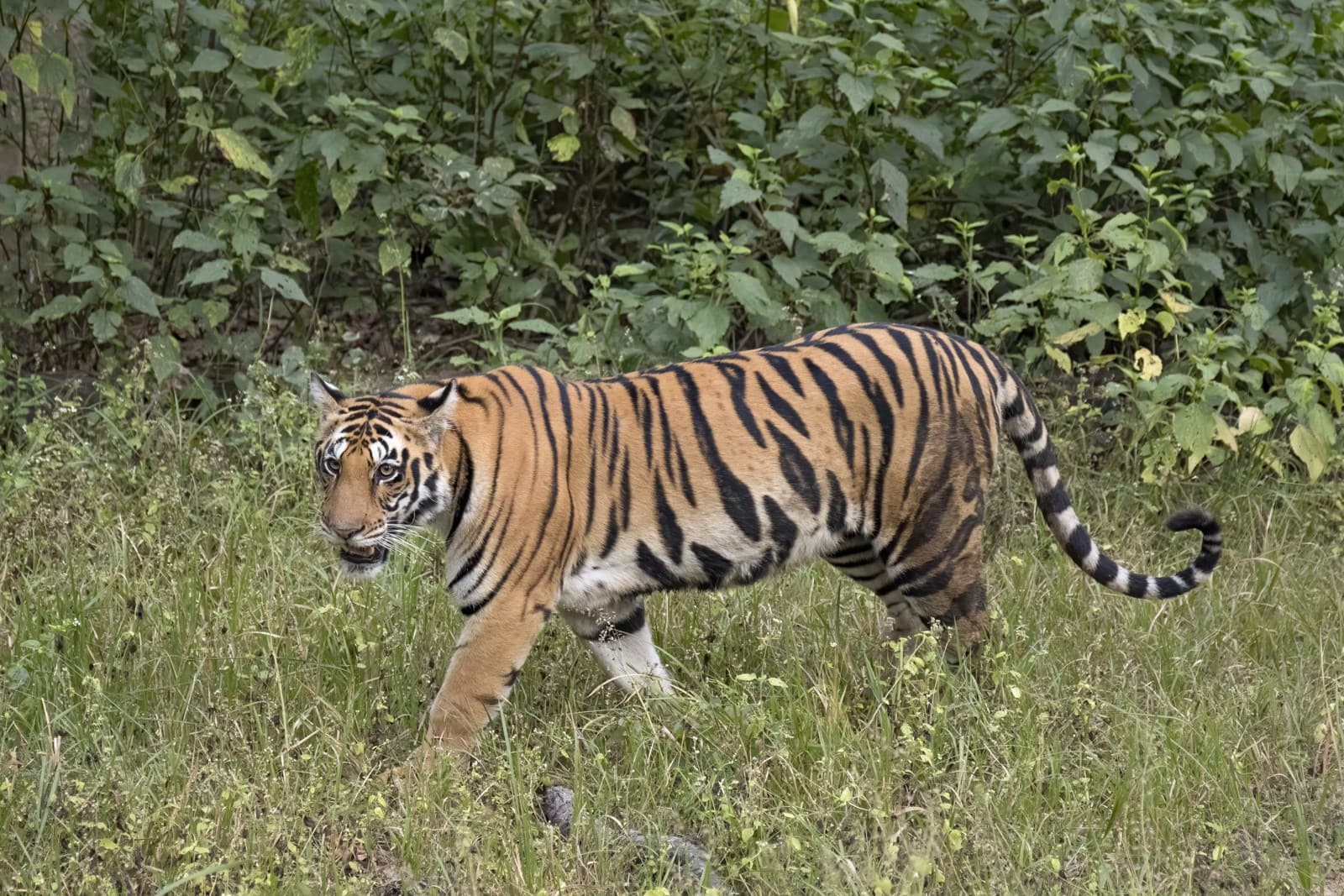
© Charles J. Sharp / CC BY-SA 4.0
The Tiger’s distinctive striped pattern and larger frame showcase its adaptation to Asian forests and grasslands, where vertical stripes provide crucial camouflage among tall grasses and bamboo.
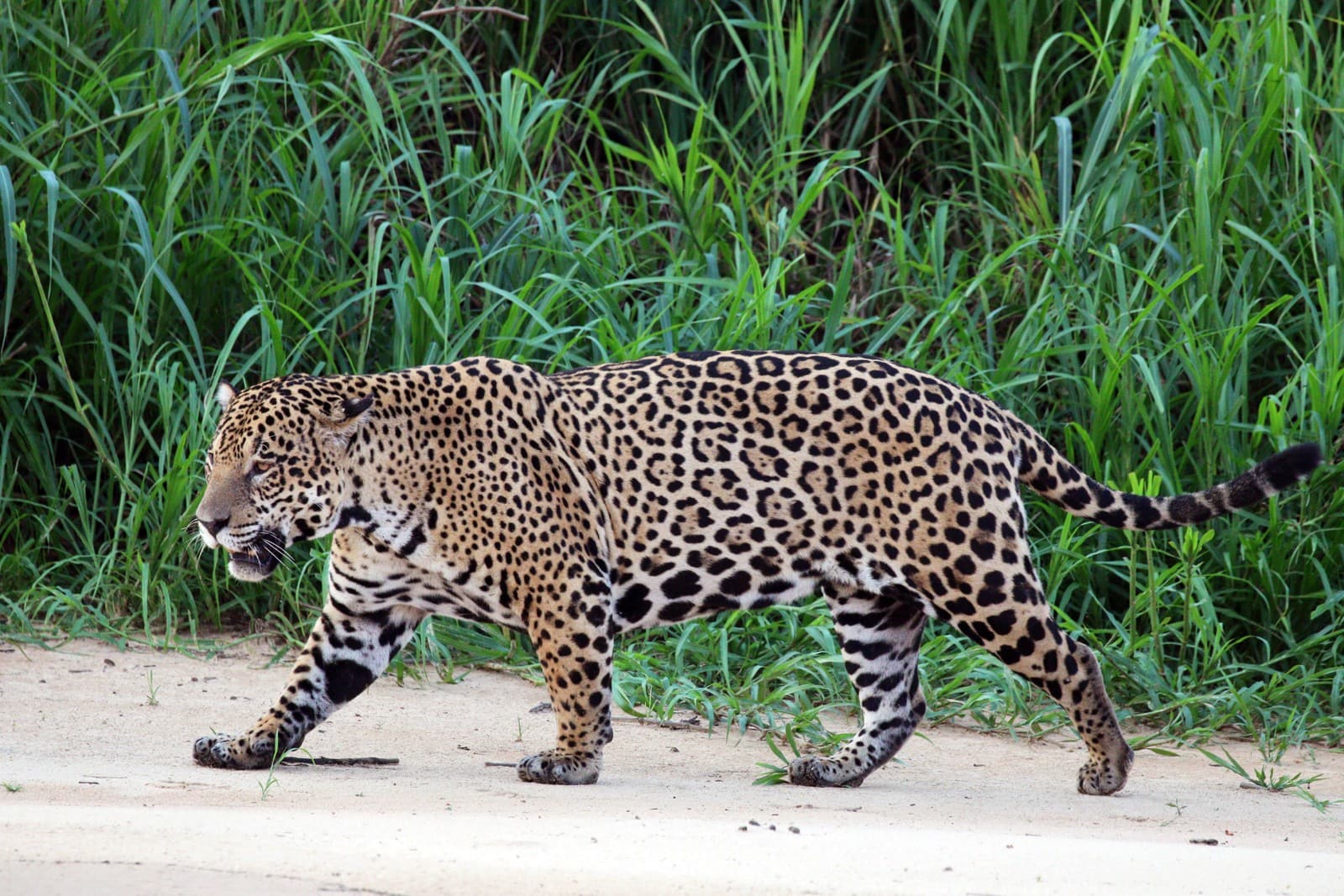
© Charles J. Sharp / CC BY-SA 4.0
The Jaguar’s stockier build and rosette-patterned coat reflect its adaptation to dense rainforest environments, where its powerful build enables it to take down prey with unmatched efficiency.
Key Physical Differences: Tiger vs Jaguar
| Feature | Tiger | Jaguar |
|---|---|---|
| Size | 8.7-12.5 ft (2.7-3.8 m) | 5.6-7.9 ft (1.7-2.4 m) |
| Weight | 220-670 lbs (100-304 kg) | 120-300 lbs (54-136 kg) |
| Body Build | Longer, leaner frame | Stockier, more muscular build |
| Head Shape | Elongated | Broader with powerful jaw |
| Coat Pattern | Vertical stripes | Rosettes with central spots |
Habitat and Distribution
Tigers inhabit various Asian ecosystems, from Siberian taiga to tropical rainforests, adapting to temperatures ranging from -35°F to 100°F (-37°C to 38°C). Jaguars, conversely, dominate the Americas’ tropical and subtropical regions, from Mexico to northern Argentina, showing particular affinity for riverine forests.
Hunting Techniques and Prey
Tiger Hunting Strategy
- Relies on ambush tactics
- Targets large ungulates like deer and wild boar
- Uses strength to bring down prey with throat bite
- Can swim effectively to pursue prey
Jaguar Hunting Strategy
- Master of opportunity hunting
- Unique skull-crushing bite technique
- Regularly hunts caiman and capybara
- Excellent swimmer and climber
Strength Comparison
While Tigers possess greater overall size and strength, Jaguars have the strongest bite force relative to size among all big cats. A Jaguar’s bite force measures approximately 2,000 PSI, compared to a Tiger’s 1,050 PSI.
Who Would Win in a Confrontation?
From a purely scientific perspective, comparing actual combat capabilities:
- Tigers have significant size advantage
- Superior reach and striking power
- Greater overall mass and strength
- Longer canine teeth (4 inches vs 2 inches)
However, these magnificent cats would never naturally encounter each other in the wild, as they evolved in completely separate ecosystems thousands of miles apart.
Conservation Status
Both species face significant threats:
- Tigers: Approximately 3,900 remain in the wild
- Jaguars: Population estimated at 64,000 but declining
- Both affected by habitat loss and human conflict
- Listed as endangered or near-threatened species
Interesting Adaptations
Tiger Specializations
- Larger paw pads for silent stalking
- Striped skin beneath fur
- Night vision six times better than humans
- Can leap up to 20 feet (6 meters)
Jaguar Specializations
- Shortest tail of big cats relative to body size
- Extremely powerful neck muscles
- Can carry prey 2x their body weight up trees
- Superior swimming abilities
Understanding these magnificent cats reveals nature’s incredible diversity in predator evolution. While the Tiger vs Jaguar comparison showcases fascinating differences, both species represent the pinnacle of felid evolution in their respective habitats.
